Running a marathon on its own is a huge challenge. But tagging the 26.2 mile run on to the end of a 2.4 mile swim and a 112 mile bike ride takes things to the next level. And as we’ve seen time and time again, in the PRO fields and age-group races alike. Being able to run a strong marathon off the bike can be the difference between golden glory and bitter disappointment. So what can you do in training to prepare yourself for the Ironman marathon? We caught up with triathlon legend and six-time IRONMAN World Champion Mark Allen to get his expert tips.
Mark Allen on how to train for the Ironman marathon
Each leg of an Ironman race has its particular challenges. For some it’s the length of the swim, especially in open ocean water, and the fear they will get jostled around by their fellow competitors. The bike can be the stumbling block if the course is challenging like it is in Nice, France for example. The climbs and descents often add up to a decision that another Ironman would be a better option.
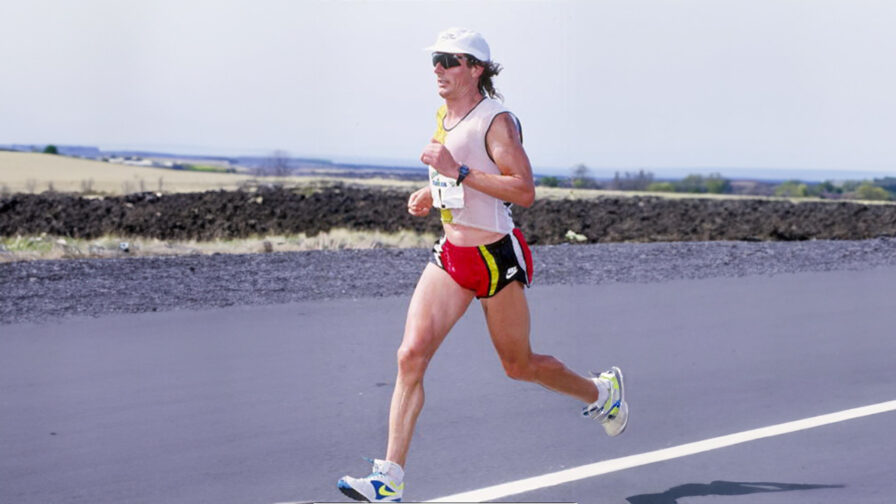
But for everyone, the marathon is usually the complete uncertainty. And that uncertainty is not necessarily a question of whether or not they will be able to finish it, but more how bad might it get if things fall apart? Will they be able to make the time cutoff? Will their nutrition work for the whole of the run? What should I be doing in my training so that none of those problems come up? Here are a few tips that will help you prepare for each of these.
Going the distance: Should I run a standalone marathon to prepare for an Ironman?
The first question athletes ask me about prepping for an Ironman marathon is whether or not they should run a stand-alone marathon to gain the experience and fitness they’ll need. My answer is always the same… No!
There are two reasons why. First, the demand on your body of running a fast marathon, regardless of the speed is incredible. Recovering from that takes a long time. And I always feel it’s best to use those months of prepping for a marathon by over-emphasizing your running and simply do more swim, bike and run training.
The second reason is that running a marathon starts on fresh legs and ends only a few hours later. Running a marathon in an Ironman starts on tired legs after already racing for 5-6 hours or more. That is a very different type of demand. A marathon is a lot about speed. An Ironman marathon is about strength and endurance. Running a marathon to prep for an Ironman doesn’t have as much crossover benefit as you would think.
So, you might ask, where do I get the fitness and endurance I need for the Ironman marathon? It comes from a couple of things, which I’ll dive into next.
Get smart with your training volume – long run guidance
Just as you would do for a standalone marathon, during your Ironman training you’ll need to build your long runs up in duration and distance. In general, a triathlete will target trying to get that long run in training up over time to be somewhere between 2:45-3:15hrs or roughly 17-20 miles, whichever happens first.
If you know your marathon in the triathlon is going to take a lot longer than that you are now probably wondering how this is going to be enough? The answer is that a lot of the endurance you need (remember I said an Ironman marathon is about endurance and strength) is going to be built during your long bike sessions. Those should work their way up over time to be 5-6hrs in length. The distance is not necessarily super important. The reason is that long sessions are not specifically training you to cover a particular distance but rather to train you to keep moving for long periods of time.

Then from time to time make sure to do a brick run, which is a run that immediately follows that long ride. Those runs can be as short as 20-minutes or up to about 1-hour maximum. Those train your body to be ready to do something after a long bike is done, and to not expect that it’s time for lunch and a nap!
You can see I’ve capped the lengths of all three of these elements. It has been my experience that going much longer on the long run, the long bike or the brick run ends up giving minimal returns in terms of prepping for the race and puts an athlete at a significantly higher risk of getting injured just because of the breakdown in the body that happens from those long sessions.
Incorporate strength training
If you want to be able to run a great marathon split in an Ironman, it’s vital to strengthen your leg AND core muscles. Adding additional strength to the leg muscles gives you a bigger reserve to draw on as the hours add up in an Ironman.
Adding core strength provides those strong legs with a platform to push off of and generate forward momentum. When the core muscles fatigue, running form falls apart and then each step takes just that little bit of extra energy to make it happen.
Pacing is the key to a great race day performance
Once you’ve built the fitness to have a great Ironman marathon it comes down to how you bring that out on race day. Pacing is the key. The goal is to use the swim and the bike to set yourself up for that great run. And here is how.
I’ll explain this in terms of perceived effort. In both the swim and on the bike, if you are ever feeling like you are “racing”, the effort is a bit higher than optimal. Back it down a notch or two until it feels like just another strong training day like you have done countless times before.
Did you ever have an epic meltdown in training where you were crawling to your door? Likely not! And one reason is that in training we keep things somewhat low stress. High stress is “racing”, low stress is having a strong good training day.
Now onto the run, keep that same “strong training day” feel. Then finally when you get to about 10-miles to go or about 15km from the finish, if you still have some extra in the tank, start racing!

The opposite of this strategy is when someone feels like they are in race mode on the bike. Yes, you can ride hard. But then what happens? You end up paying the price on the marathon and end up slowing way, way down often around 10-miles or 15km into it. That’s not a fun experience!
So don’t show all your cards on the swim. Hold back just a bit. Don’t show all your cards on the bike, even if it’s your strength. Hold back a bit and conserve energy so that you have more to give to the marathon.
Test your fuelling
Use your long training days to test out the nutritional strategy you are going to use on race day. Test the products, test the amounts, see what works and what your body needs to sustain a good effort. If your testing shows you can end your long ride, long run and brick workouts feeling like you still have energy in the tank, then you are on the right tract.
Make sure you have your strategy for how many calories you will take in per hour, how much total fluids you can take in without getting bloated, and how much sodium you need so that your muscles feel like they work properly all the way to the end of a long day. Starting point? Try around 300-350 cal/hour of calories, around 500mg/hour of sodium and a max of about 30-40oz or 1-1.5 liters of fluids per hour. Adjust up or down depending on how you feel.
Consider a walk-run strategy
If you know you might be walking at some point of the marathon, then start that as a strategy from step one instead of waiting until later when you are out of gas and are forced to walk/run. Test it in training. Some people run 3-5 minutes, walk for one. If a course is rolling, they will walk all upgrades and run all flats and downgrades. And like anything, try it out and train for it in the months leading up to your Ironman.
Related content:
- How to fuel your triathlon training – expert nutritionist tips
- Ironman World Championship Kona – how to beat the brutal Kona heat
- Ironman gear guide – everything you need to get to the finish line

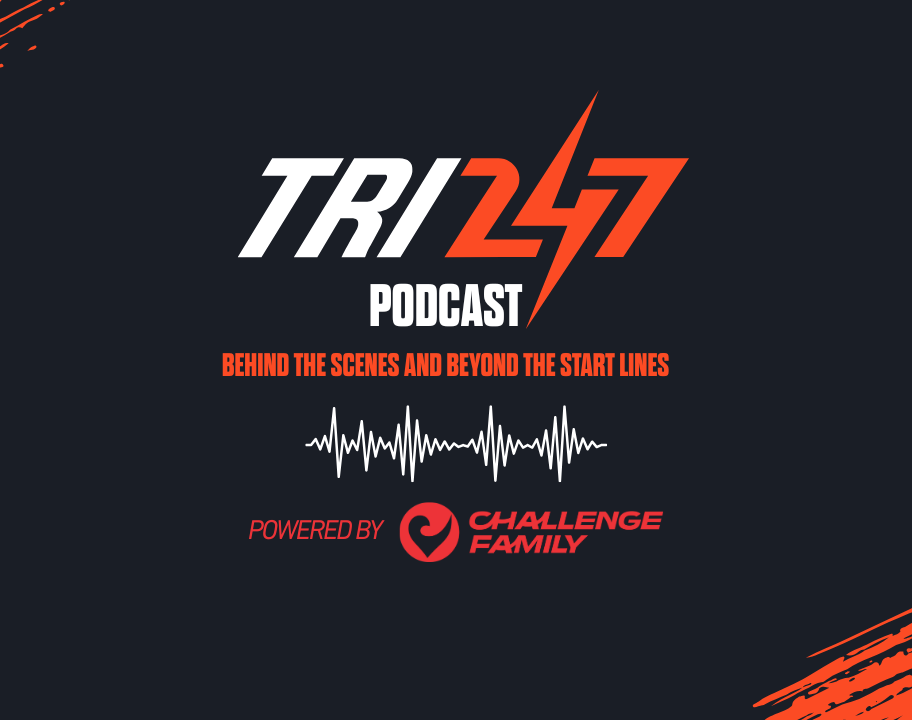
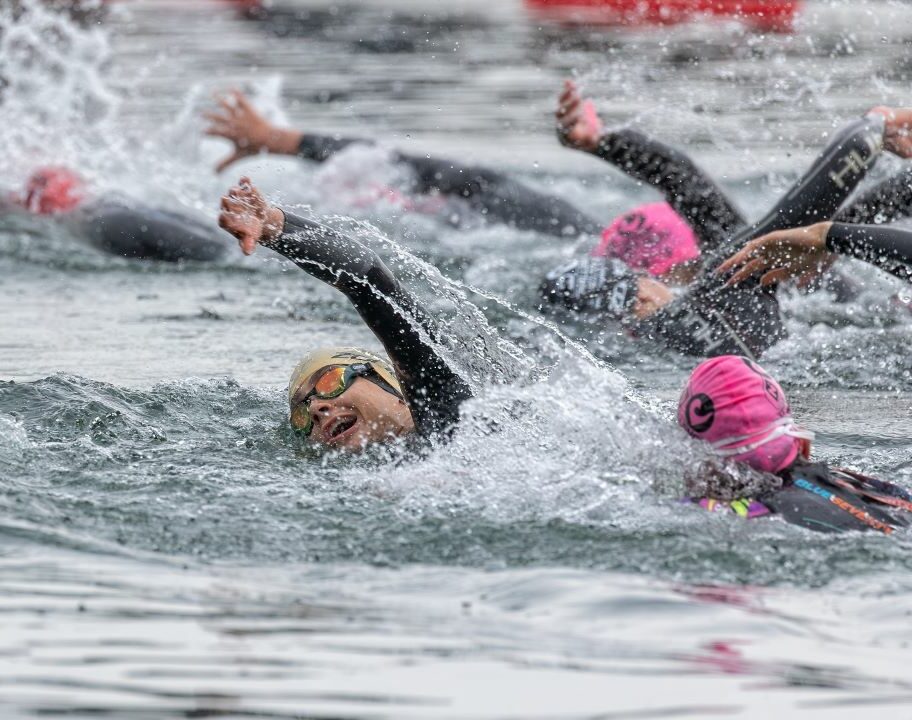
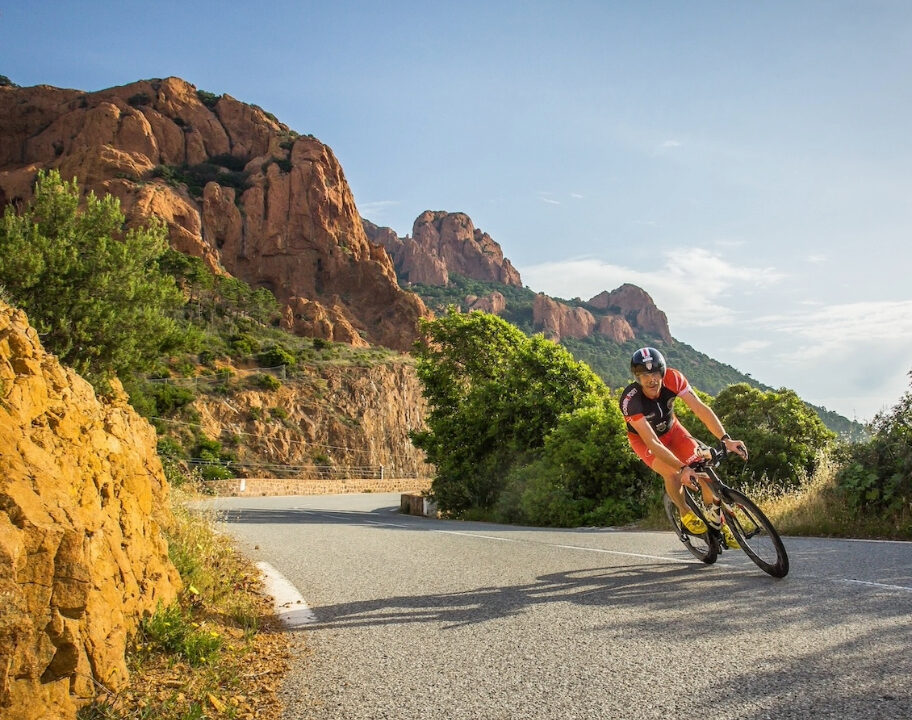
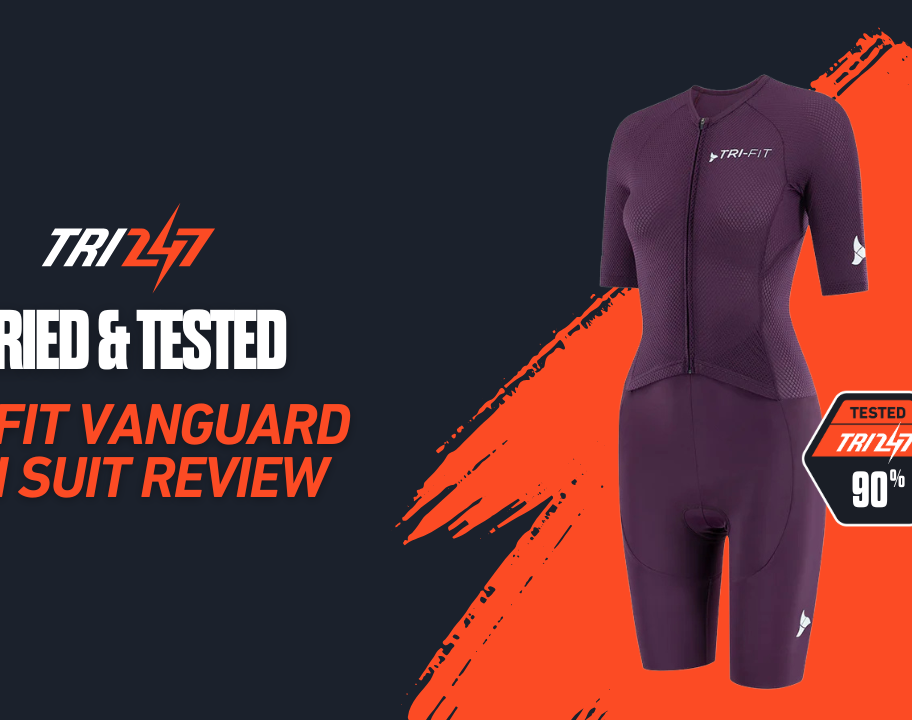
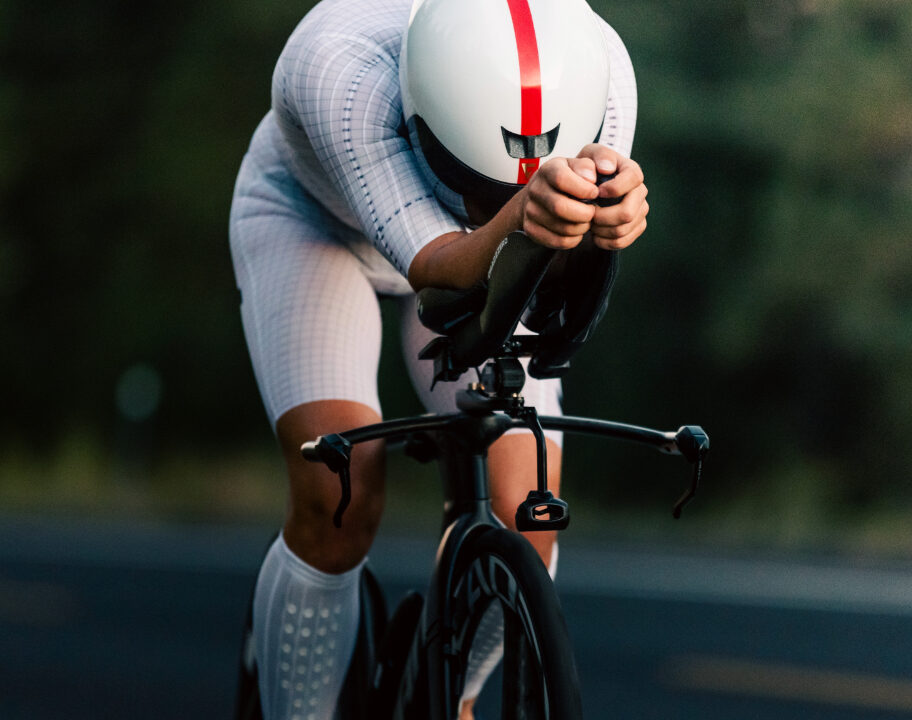
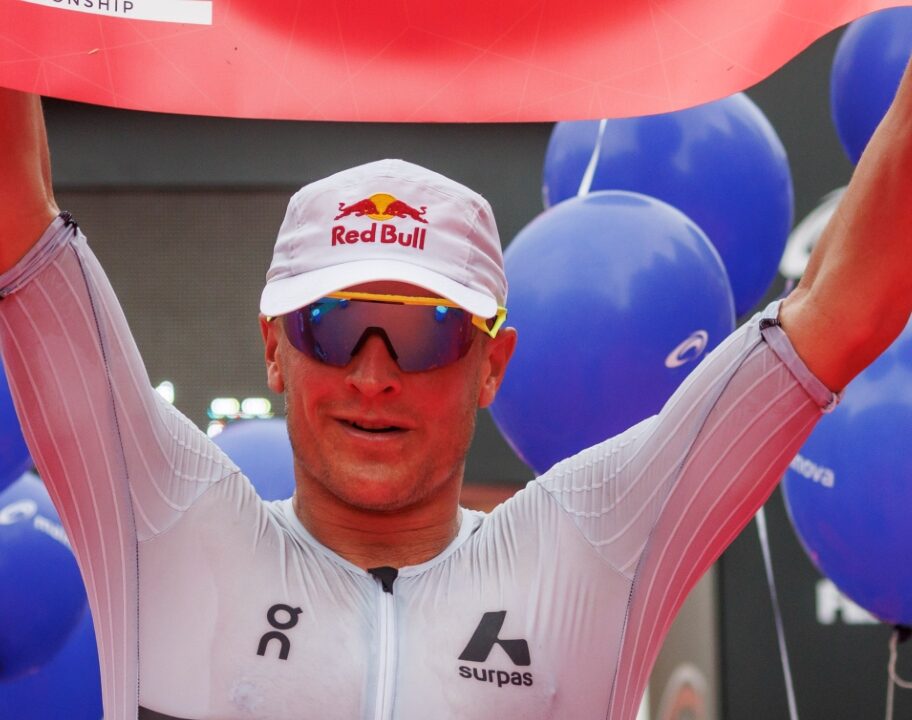


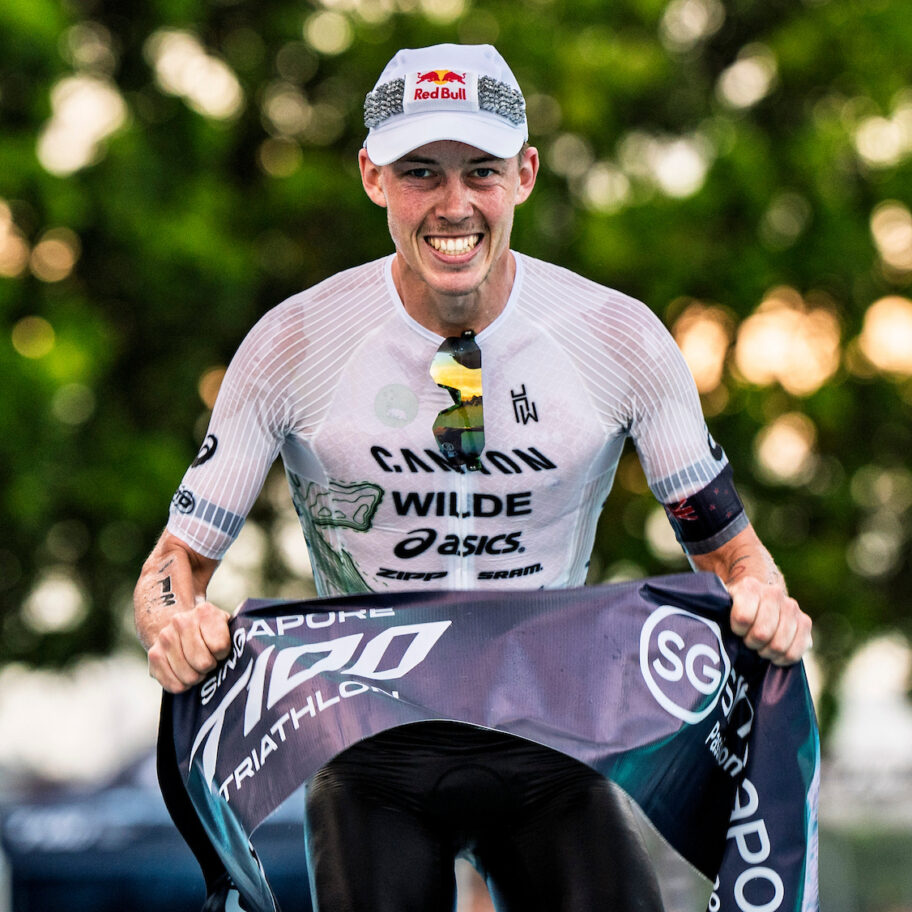
![Sam Laidlow IRONMAN World Championship 2024 Kona bike [Photo credit: Getty Images for IRONMAN]](https://www.tri247.com/wp-content/uploads/2024/10/Sam-Laidlow-IRONMAN-World-Championship-2024-Kona-bike-912x720.jpg)